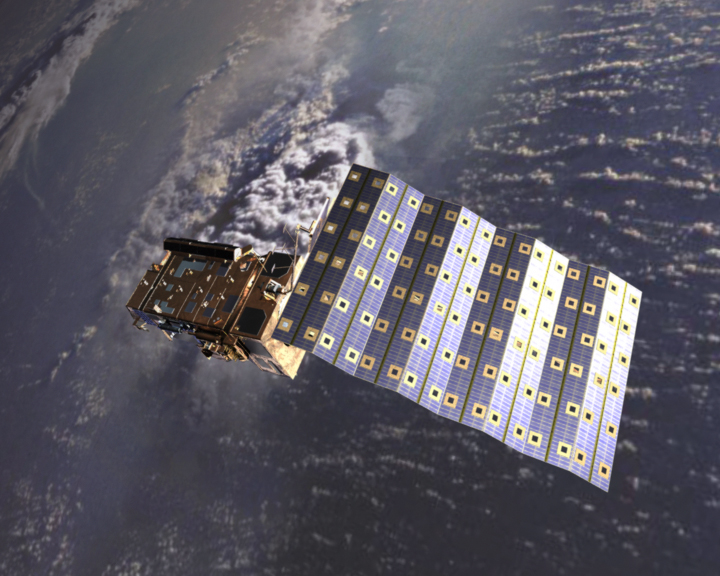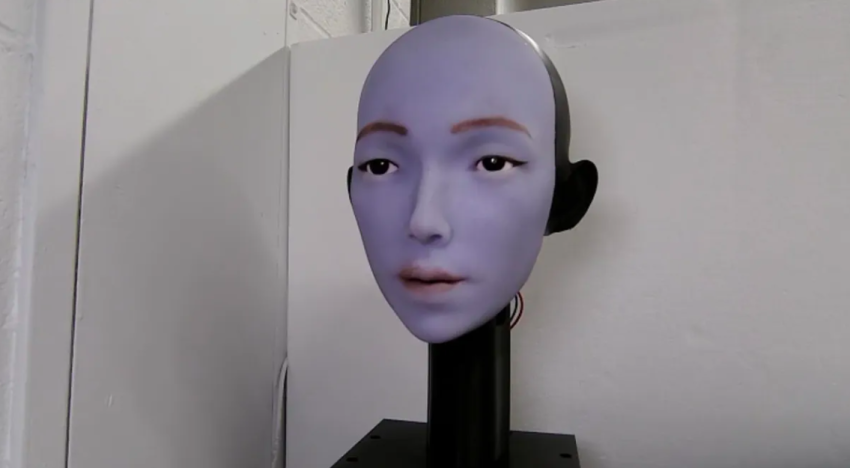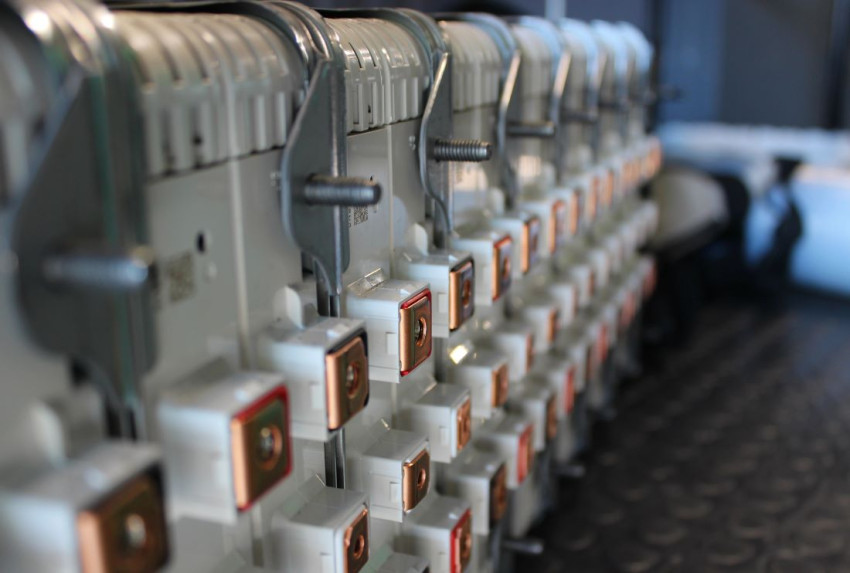
Engineering masterpiece delivered for satellite
The Netherlands Institute for Space Research (SRON) has delivered the first three prism lattices for the Sentinel-5 satellite. These high-tech lattices will play an indispensable role in the satellite’s task, which is to observe Earth.
The lattice is the result of several years of development at SRON and the Netherlands Organisation for Applied Scientific Research (TNO). It is a complicated piece of engineering, as it has to be small enough to fit on the satellite, but accurate enough to be able to capture and scatter infrared light across the entire light spectrum. Silicon, the material used to make chips, was used to achieve the sharp angle. Chip-manufacturing technology was deployed to grind the silicon accurately almost down to atomic level, ensuring that the angle of the infrared light is just right.
The lattice must then be attached to the prism. The prism was made in France, but its design was conceived in the Netherlands. This is another complicated task: if the lattice is not perfectly flat, the finished device will not be able to scatter the radiation properly. Even a few irregularities at nanometre level are enough to cause problems. Getting the tolerance within limits requires patience and precision when grinding the lattice, and required a lot of attempts.
Bonded with water
Attaching the lattice to the prism was yet another challenge. Glue does not work, as it would reflect or scatter the light. The only thing up to the job is a molecular bond, which SRON and TNO achieved with a layer of water the size of a single atom. This layer of water was precisely enough to hold everything together.
When it was assembled, the device underwent a series of tests. Launch vibrations, extreme temperature differences and other conditions encountered on space missions had to be simulated to make sure that the lattice will work reliably in space.
Unique
When SRON and TNO started, a lattice had never been made from silicon before. Delivering the lattice to the Leonardo company, which is assembling the rest of the spectrometer, is the icing on the cake. 'What we’ve made is unique,' project manager Luc Dubbeldam told De Ingenieur earlier.
Leonardo will make the lattice into an infrared spectroscope, which will measure substances in the atmosphere. Thanks to the SRON lattice, all these different gases can now be measured, as it scatters light in such a way that a spectroscope can detect exactly which parts of the spectrum are absorbed and which are not.

Climate change
The complete device will be part of the equipment of the Sentinel-5, a European space mission for observing Earth. The satellite will measure climate change and air quality. The launch of the satellite is scheduled in 2021.
If you found this article interesting, subscribe for free to our weekly newsletter!







